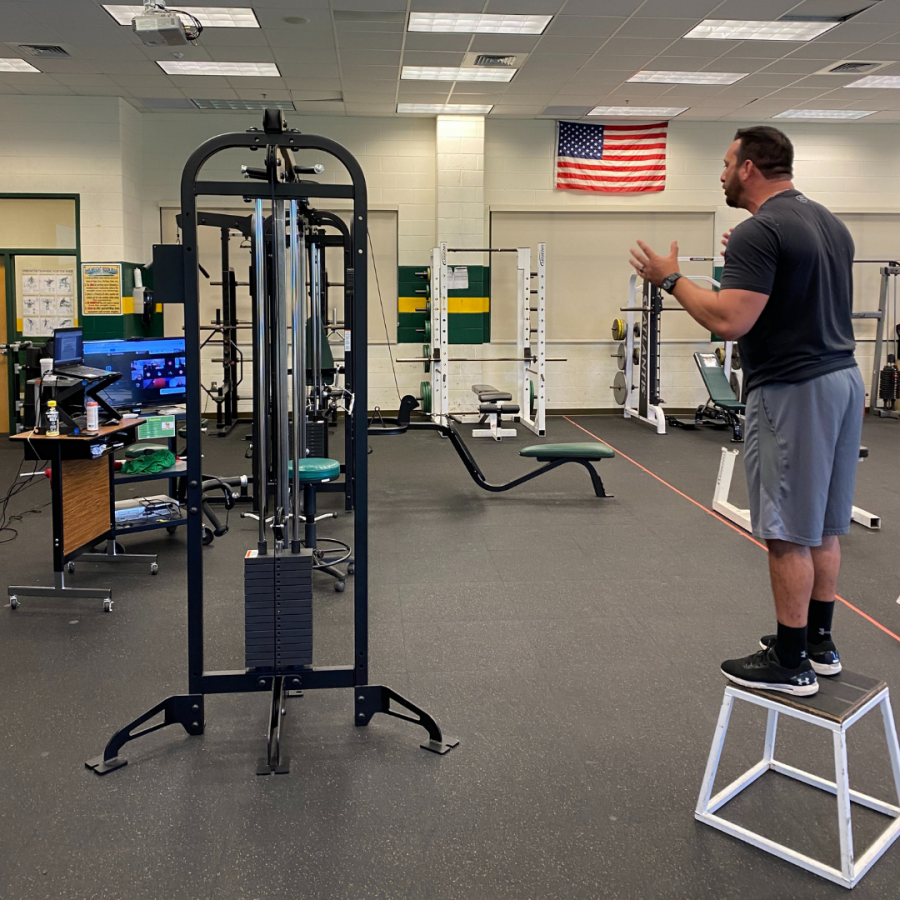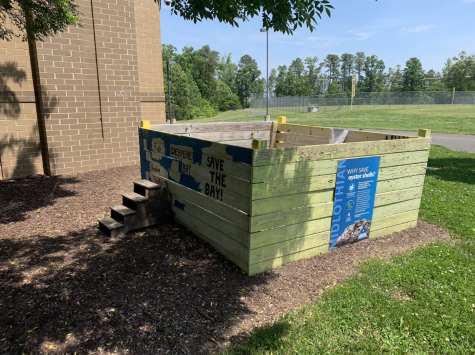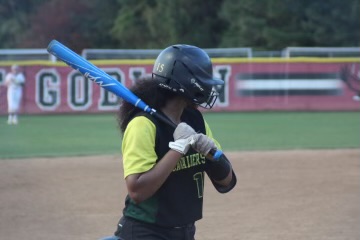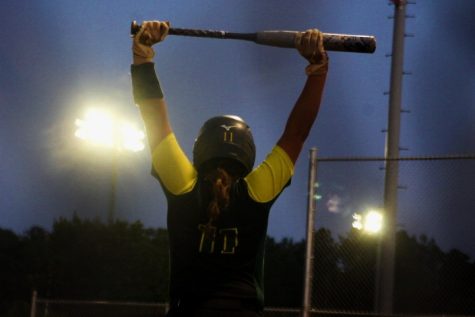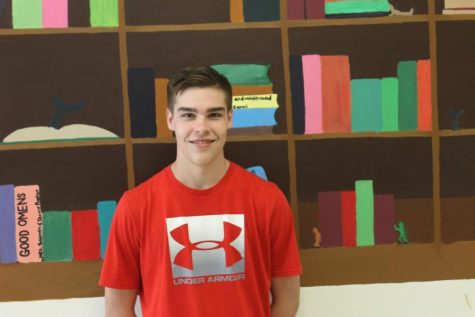School year’s unprecedented start leaves CCPS planning for campus return
On Sept. 29, Chesterfield County Public Schools began implementing the first phase of its hybrid system which, over the span of six weeks, plans to give all students the opportunity to return to their school buildings for at least two days per week, while closely following state safety regulations.
Separated into four cohorts, each will return in succession every two weeks, unless the School Board rules it unsafe. Cohort #1 consists of students with special needs, Cohort #2 includes kindergarten to second grade and Cohort #3 is third grade through fifth grade. Cohort #4, which is tentatively scheduled to return on Nov. 9, includes all secondary students, grades six through 12. To further prevent a COVID-19 outbreak, students will only physically attend school two days per week, while remaining at home, learning virtually, for the rest of the week. Each cohort of students are split alphabetically with last names A-K going to school Mon. and Tues., and students with last names L-Z going to school on Thurs. and Fri. On Wed., all students will remain home and learn virtually as their school building is closed for a deep clean and sanitation.
Physical education teacher Brett Mooney is adjusting to virtual learning and the inevitable return of students to the classroom. One of his struggles is adapting the more physical and athletic nature of his courses to a predominately digital curriculum.
“Most of what I do is hands on in the weight room,” Mooney said. “I had to make a lot more assignments about the weight room and exercises virtually, whereas before I could explain it, show it and let my students apply it.”
Mooney plans for his PE classes to remain mostly the same as before COVID-19 except with more space and fewer kids in the fitness room.
“We’re going to have to adjust accordingly, and hopefully the number of kids in that class is manageable,” Mooney said. “The plan is to get students in the weight room and push some weights around using the techniques that they’ve learned virtually.”
However, if physical activity becomes infeasible in the school building, Mooney will change the course content of his P.E. classes to reflect that.
“I might move into coaching, into sports leadership,” Mooney said. “If we can’t go out there and play, per se, basketball, we’re going to have to dive into basketball a bit differently and go over strategy and the finer points of the game.”
Physics teacher Charles Hughes has also struggled to adapt his coursework to a virtual, and eventual hybrid, return to school.
“The biggest struggle is one of time,” Hughes said. “Having to break our work into smaller chunks due to shorter blocks means that we’re not going to cover as much material.
Hughes advised his students on how to succeed in their classes, even if they are learning remotely most of the school week.
“Ask the teacher, get on Cav Morning, get on after school, do something to clarify when you’re not sure you’re following. Once you get behind, it’s easy to drown, conceptually.” Hughes said. “I can get feedback from students a lot more easily when I’m actually looking directly at them, when they can ask a question in class and don’t have to hit a button in order to turn on their mic,”
Mooney further emphasized communication between student and teacher; echoing the latter’s perspective.
“Give us feedback,” Mooney said. “It’s very difficult to teach when only three or four kids have their cameras on. Am I talking to the forty other people? Are they even here? It’s really frustrating for a teacher.”
As teachers adapt their curriculum to a virtual medium, students prepare for a less-than-traditional return to the Hill as they make the decision on whether to return with Cohort #4 or continue to work from home for the remainder of the school year.
Senior Tiana Richardson sees the benefit of the hybrid system, but she favors online learning.
“I prefer online school because I have more autonomy over my schedule and it’s helping to build on learning how to be independent for college,” Richardson said. “I don’t know if I have the authority to decide whether or not we should be having in-person classes, but the only way to see if we are ready for the transition is to try it out.”
Similar to Richardson, freshman Thienvu Vo prefers virtual learning but sees the hybrid model as a reasonable step back towards reality.
“My preference is online school, because I have more time at home to work out, do homework and relax with the family,” Vo said. “I think the alternating school days system is a lot better than going to school all weekdays because there is less interaction with people who could potentially have [COVID-19].”
As November approaches, Mooney anticipates a successful return to school.
“I’ll just be excited to have somebody in the room,” Mooney said. “We’ll make it work.”
Photo Credits: Andrew Brown

News section editor and Clover Hill senior Keegan Miller has been with the Cavalier Chronicle since 2019. His experience working with the National History...


